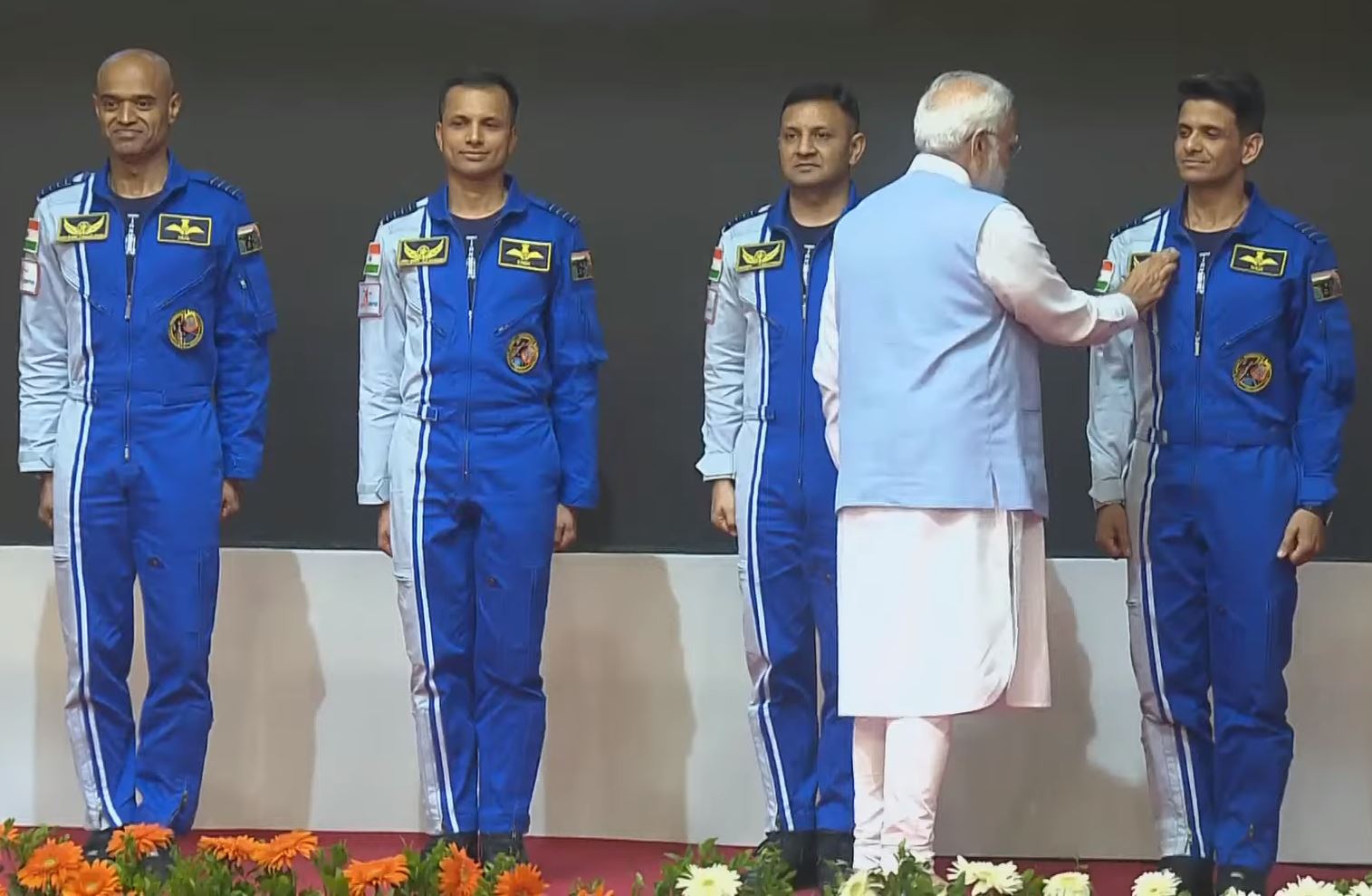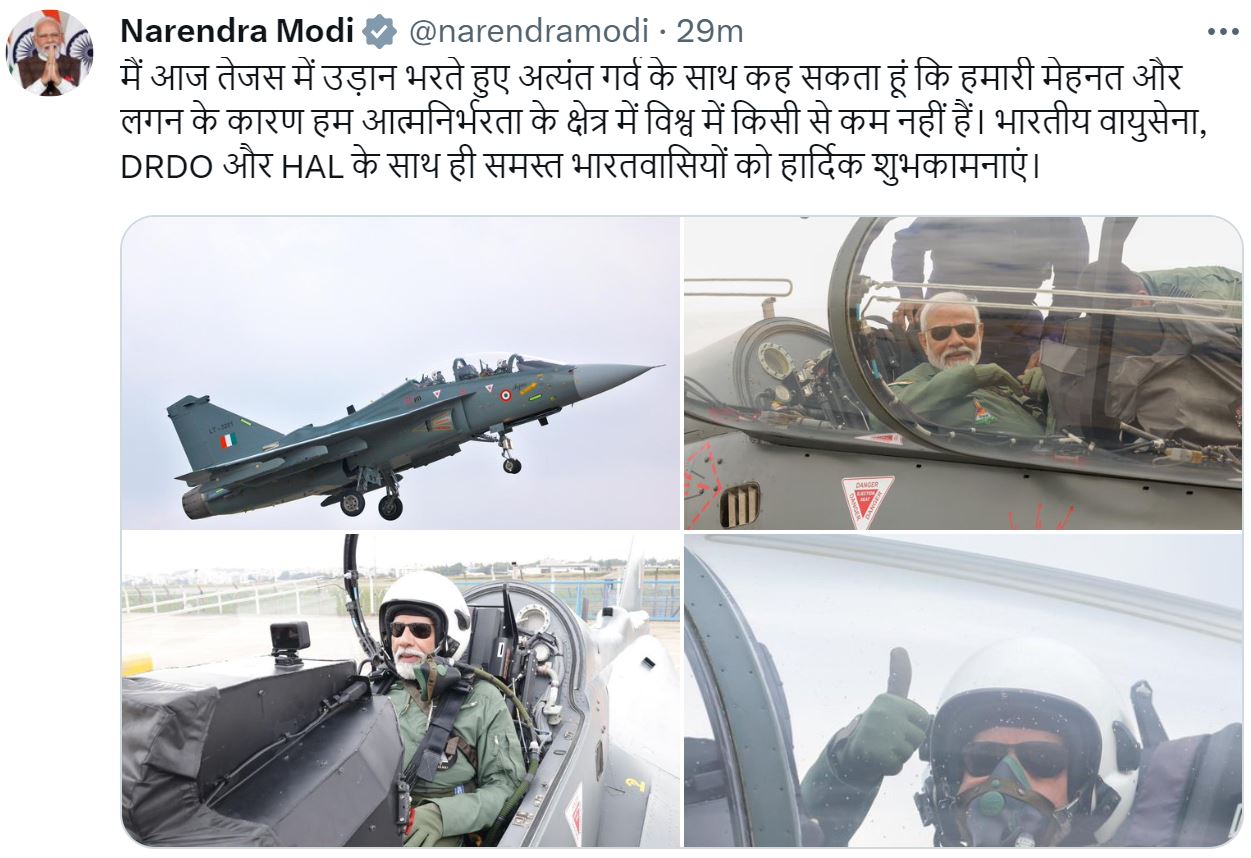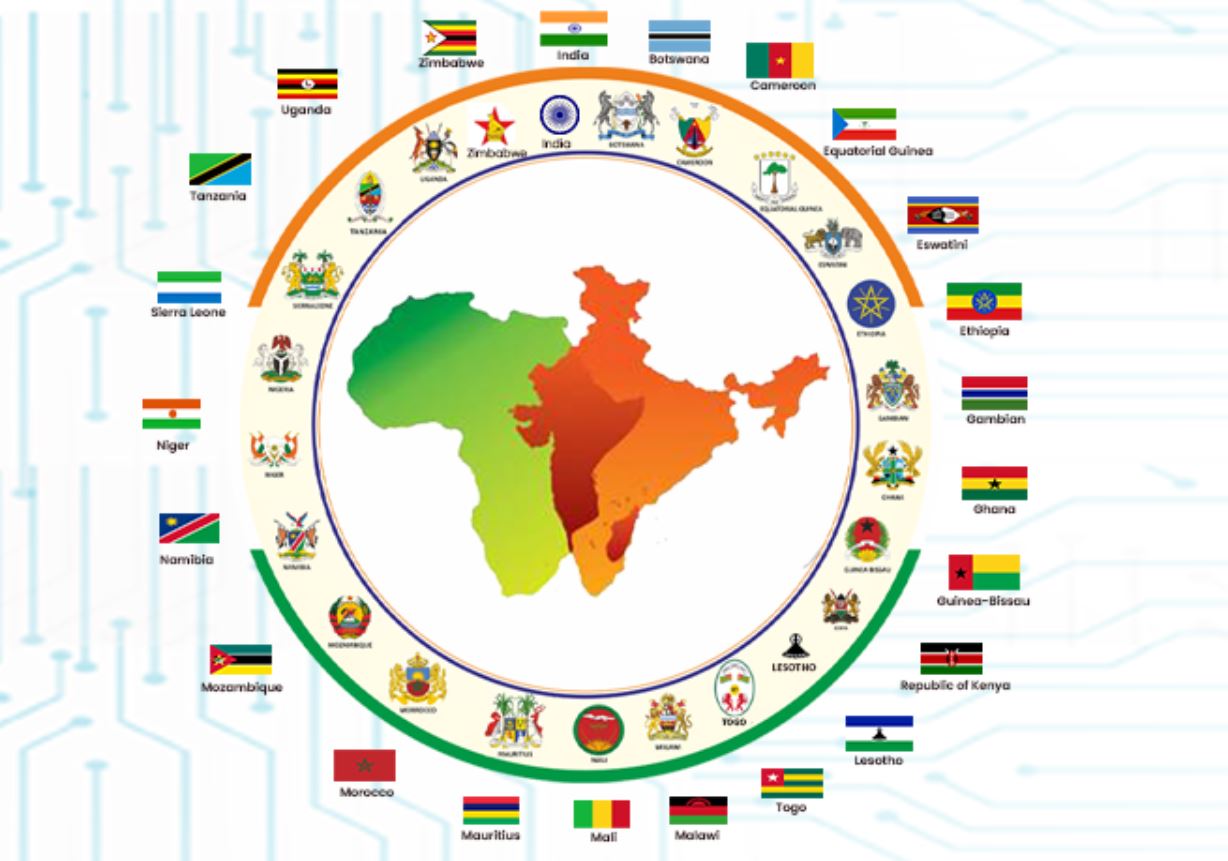Updated By: LatestGKGS Desk
Indus Valley civilization: Harappa, architecture, sewage treatment, period

The Indus Valley Civilisation (IVC) was a Bronze Age civilization (3300–1300 BCE; mature period 2600–1900 BCE) mainly in northwest South Asia, extending from what today is northeast Afghanistan to Pakistan and northwest India. It was the largest of the four ancient civilizations of Egypt, Mesopotamia, India, and China.
all these civilizations the least is known about the Indus Valley people. This is because the Indus script has not yet been deciphered. There are many remnants of the script on pottery vessels, seals, and amulets, but without a "Rosetta Stone" linguists and archaeologists have been unable to decipher it. Although Harappa was undoubtedly occupied previously, it was between 2600-1900 B.C. that it reached its height of economic expansion and urban growth.
Radiocarbon dating, along with the comparison of artifacts and pottery has determined this date for the establishment of Harappa and other Indus cities. This began what is called the golden age of Harappa.
It expanded into a substantially sized town, covering the area of several large shopping malls. Harappa, along with the other Indus Valley cities, had a level of architectural planning that was unparalleled in the ancient world.
The city was laid out in a grid-like pattern with the orientation of streets and buildings according to the cardinal directions. To facilitate the access to other neighborhoods and to segregate private and public areas, the city, and streets were particularly organized. The city had many drinking water wells and a highly sophisticated system of waste removal.
All Harappan houses were equipped with latrines, bathing houses, and sewage drains which emptied into larger mains and eventually deposited the fertile sludge on surrounding agricultural fields. It has been surprising to archaeologists that the site layouts and artifact styles throughout the Indus region are very similar.


